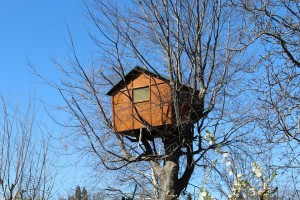 Network infrastructure management in the data centre context is well established and well understood. High-density console servers cable up to the serial consoles of routers, switches and other network equipment across the rack or row, to provide admins with out-of-band access via a local management network.
Network infrastructure management in the data centre context is well established and well understood. High-density console servers cable up to the serial consoles of routers, switches and other network equipment across the rack or row, to provide admins with out-of-band access via a local management network.
However the majority of the world’s networks are outside data centres, and offsite network administrators are discovering the limitations and inadequacies of traditional console servers in managing branch office, retail store and other small, remote networks.
Here are the top six:
1. Mixed-mode consoles: Whereas big-iron network gear is typically equipped with a traditional RS-232 serial console, management ports in the branch office are increasingly likely to be a mixture of RS-232, USB, and even Ethernet.
2. Batteries included: In many data centres, the network team look after the network, the facilities team look after power – and never the twain shall meet (often not even in the same lunch room!). In the branch office, small form-factor PDU and UPS systems and the network equipment it powers typically come under the remit of a single admin.
3. Environmental awareness: Physical sensors to monitor temperature and humidity are part of any sound data centre build. Not so in branch office networks, where an unnoticed water leak or weekend air conditioning failure in the computer room can spell disaster. The prolonged response times when dealing with physically remote locations makes early detection all the more critical.
4. Failure not failover: Data centres are connected to peers and the outside world by multiple, redundant pipes. On the other hand, branch offices are likely to have a single link used for both production traffic and management network backhaul. During disruptive events like initial network turn up, WAN migration, ISP faults or a fat fingered router config, these networks need a secondary, out-of-band network connection – such as 4G LTE cellular.
5. Physical factors: Data centre grade console servers with their hulking 1U form factor and overabundance of console ports aren’t a great fit for a network closet containing just a firewall, router and pair of switches.
6. It’s the economy, stupid: When your console server is providing out-of-band connectivity to dozens of pieces of top-tier network equipment, an outlay of a few thousand dollars makes a lot of sense. Less so when your entire remote network BOM adds up to less than the cost of a single data centre switch. What’s more, “low cost option” 4 and 8 port models of traditional console servers can translate to an eye-watering $400 – $550 per port.
In short, management of branch office and other small remote network infrastructure is a specialised application which demands a specialised, purpose-built solution that goes beyond the capabilities of traditional out-of-band.


